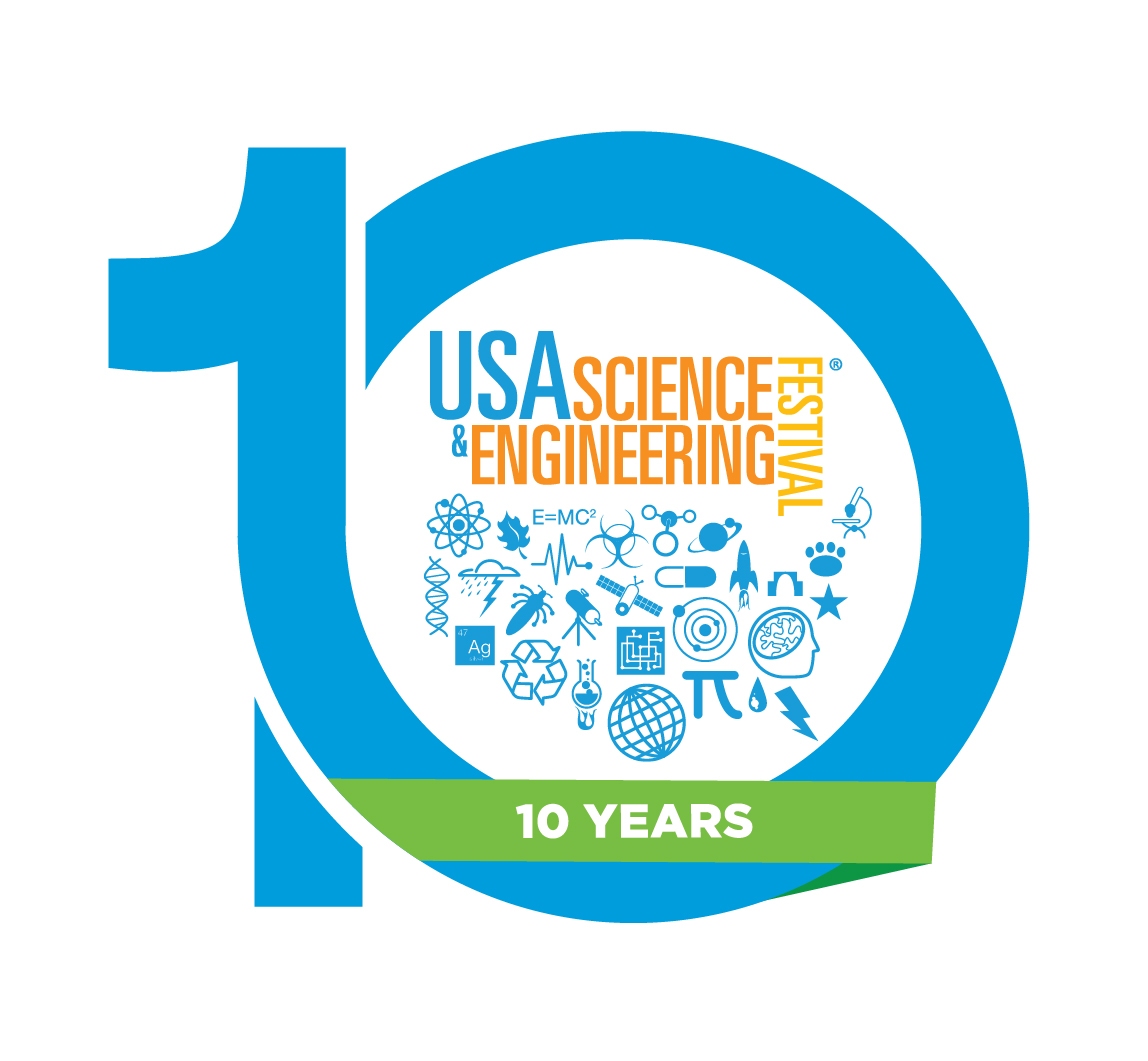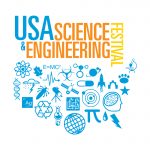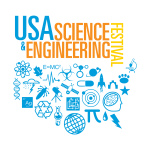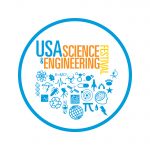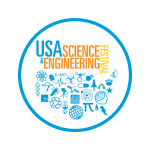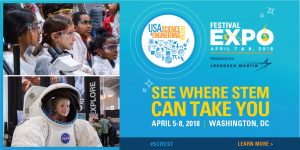STEM In The News:
Smaller class size means more success for women in STEM
“A team of researchers found that large classes begin to negatively impact students when they reach enrollments over 120 students.” “We show that class size has the largest impact on female participation, with smaller classes leading to more equitable participation. We also found that women are most likely to participate after small-group discussions when instructors use diverse teaching strategies,” said lead author Cissy Ballen. Continue reading to learn how small class sizes are more beneficial to all students, especially women.
Digital Exclusive: Women Empowered By Science Camp
Ever wonder how dancing and physics is related? Wonder no more! The girls attending the W.E.B.S. camp, or The Women Empowered By Science, at Wilkes University, are learning all about the connection of dance to science. “The campers get a chance to indulge their curiosity in all sorts of scientific topics, such as robotics, oil spills, neuroscience, physics, biology, and chemistry. Holly Jones, the student coordinator of the camp, says the camp encourages the girls to pursue careers in S.T.E.M. fields.” Read more to learn about how this camp is connecting the dots for future scientists…video included.
Time Is the Greatest Challenge to Teaching STEM. Families Can Help.
“Many teachers struggle giving science instruction its due. In fact, the 2018 National Study of Science and Mathematics Education reported that many elementary school teachers do not even provide science instruction every week.” The difficulties lie in that teachers only have so much time in a day to teach their students a variety of important subjects and topics. That’s why teachers are reaching out to parents and guards at home to help continue the work they start in their classrooms. “Parents can not only spark a new interest in STEM, they can also encourage their kids to pursue a pathway to a related career.” Read more about how parents can step up and tackle the challenge of teaching STEM to their kids.
Grand Forks Public Library uses robots to promote STEM education
Libraries aren’t just for books anymore, they are for robots too! “Children between the ages of 5 and 14 gather in the Grand Forks Public Library to learn basic coding and robotics every week by creating small robots and making them perform simple tasks.” “Coding literacy is a form of literacy we’re happy to help teach,” Stefanich said. “It’s a great opportunity for them to see if they’re interested (in robotics and coding).” Read more about how this Library is promoting not just reading literacy but coding as well.

